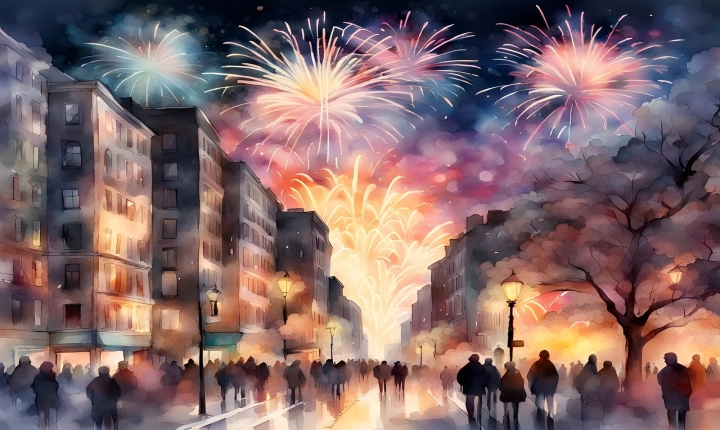AI Dual Camera: Revolutionizing Photography
Smartphone photography has come a long way since the days of pixelated images and limited functionality. With the rapid advancements in technology, smartphone cameras have evolved to include dual camera setups with the integration of artificial intelligence (AI) to enhance the overall photography experience.
AI dual camera technology employs two lenses to capture images, working in tandem to improve image quality, depth perception, and overall functionality. The integration of AI into these dual camera setups enhances the user’s photography experience through various features and functionalities.
One of the key benefits of AI dual camera technology is the ability to capture images with enhanced depth perception. The dual lenses work together to capture multiple layers of an image, allowing for the creation of bokeh effect portraits with a blurred background, akin to professional DSLR cameras. This provides smartphone users with the ability to capture stunning portrait shots with a professional-looking background blur, adding depth and dimension to their photographs.
Furthermore, AI dual camera setups utilize machine learning algorithms to recognize and optimize image settings based on the subject being photographed. This allows for automatic adjustments in exposure, white balance, and focus, leading to consistently well-composed and balanced images. The AI’s ability to identify different scenes and subjects, such as landscapes, food, or people, ensures that the camera settings are optimized for each specific scenario, saving users the hassle of manually adjusting settings for different shooting conditions.
Additionally, AI dual camera technology enables advanced image processing, allowing for the improvement of low-light photography. By combining multiple frames and using AI algorithms, these cameras can capture and process images in low-light conditions, resulting in clearer and more detailed photographs. This is particularly beneficial for capturing night scenes or dimly lit environments, providing users with the ability to achieve high-quality images in challenging lighting situations.
The potential applications of AI in dual camera setups are vast, with the technology continuously being refined and expanded. With the growing demand for high-quality, versatile smartphone photography, AI dual camera technology is set to become a standard feature in future smartphone models, further revolutionizing the way users capture and interact with images.
In conclusion, AI dual camera technology represents a significant advancement in smartphone photography, offering users enhanced capabilities and features that were once exclusive to professional-grade cameras. Through the integration of AI algorithms, dual camera setups deliver improved depth perception, automatic scene recognition, and superior image processing, ultimately redefining the possibilities of smartphone photography. As this technology continues to evolve, the future of smartphone photography looks increasingly promising, providing users with powerful tools to express their creativity and capture memorable moments with unparalleled precision and quality.
